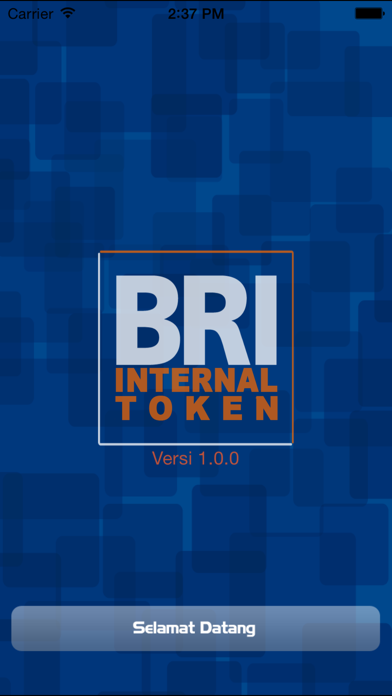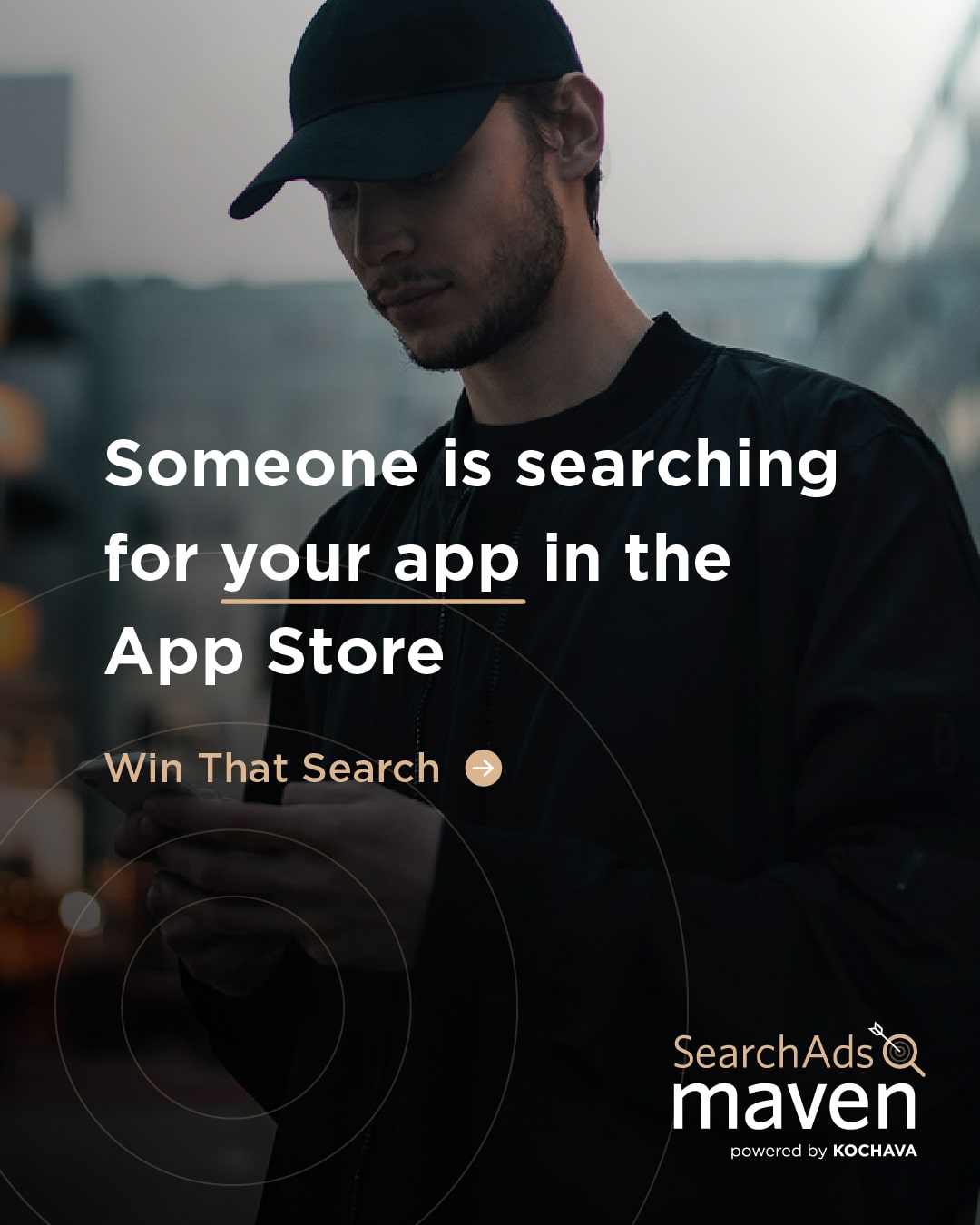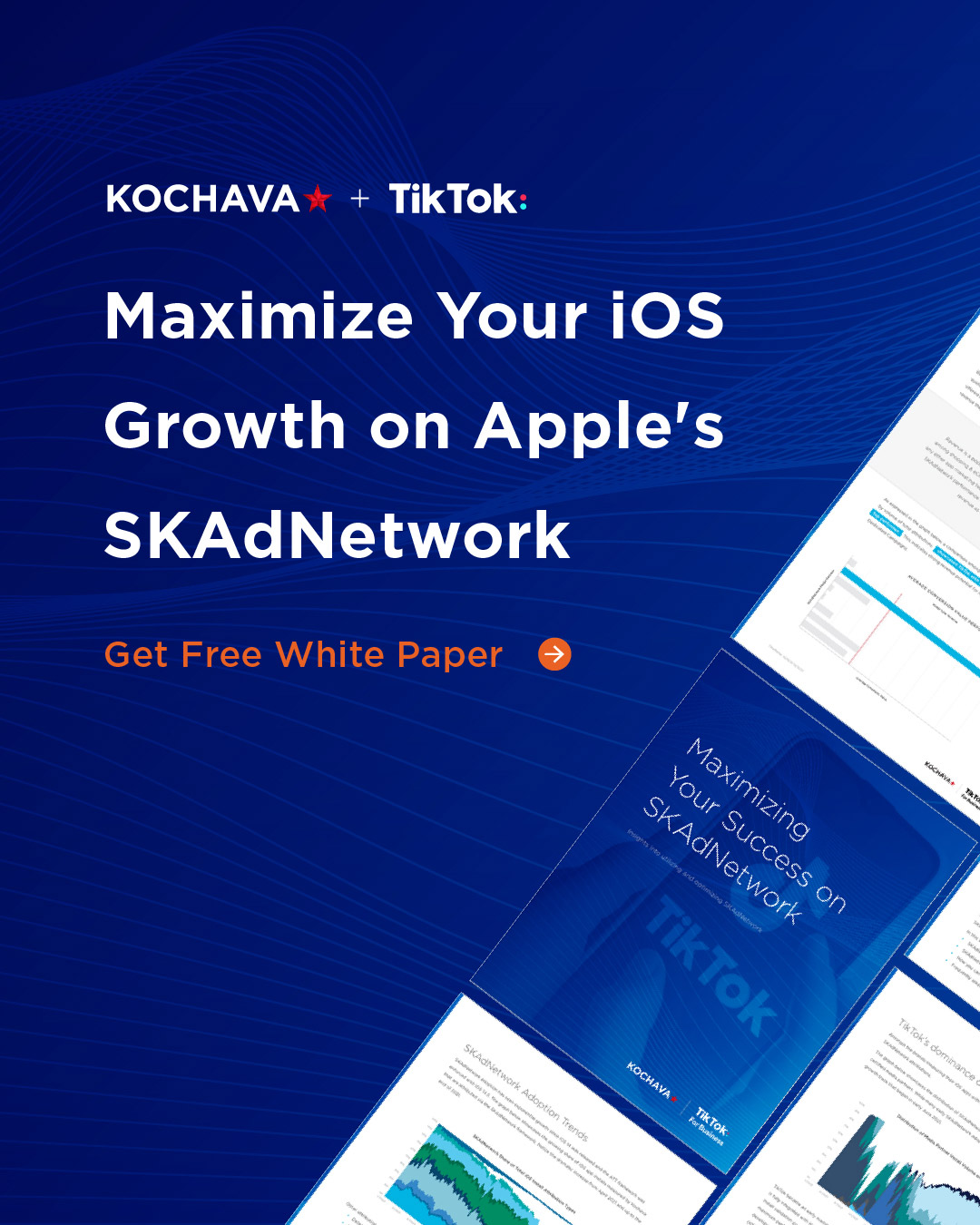Born on 16 December 1895 as a small association with responsibility of managing fund of a local mosque, which would than be channeled to the local community through a very simple scheme, a small financial institution called De Poerwokertosche Hulp en Spaarbank der Inlandsche Hoffden started its long History from Purwokerto, Central Java, and became the pedigree of Bank Rakyat Indonesia.
As time passed, the small setup found by Raden Aria Wiriatmadja continued to flourish and meet the need of the community. In the course of its existence, its name was changed several times, beginning with the Hulp-en Spaarbank der Inlandsche Bestuurs Ambtenareen followed by De Poerwokertosche Hulp Spaar-en Landbouw Credietbank (Volksbank), Centrale Kas Voor Volkscredietwesen Algemene in 1912 and Algemene Volkscredietbank (AVB) in 1934. During the Japanese occupation, AVB was changed into Syomin Ginko.
After the Japanese defeat in the Second World War and IndonesiaÍs independence, the Indonesian Government once again changed the name to Bank Rakyat Indonesia (BRI) on February 22, 1946. Based on Government Regulation No. 1 of 1946, BRI became the first bank to be owned by the Government of the Republic of Indonesia.
As a state-owned bank, BRI played a key role in realizing the governmentÍs vision in the development of peopleÍs economy. In 1960, the government change BRIÍs name into Bank Koperasi dan Nelayan (BKTN). Based on Law No.21 of 1968, the government renamed the bank BRI and it became a public bank. Later, based on Banking Law No.7 of 1992, BRI had its name and legal status of its entity changed to PT. Bank Rakyat Indonesia (Persero). With a focus on micro, small and medium businesses, BRI has inspired a lot of other organizations to empower the businesses in these sectors as they are the backbone of the Indonesian economy.
- Company Name:Pt Bank Rakyat Indonesia (persero) Tbk
(View Trends)
-
Headquarters: (View Map)Jakarta Pusat, Indonesia
-
Banking
-
> 10,000 employees
- 9271 Global Rank
- 192 Indonesia
- 6.69 M Estimated Visits
-
Direct61.51%
-
Search23.47%
-
Social10.21%
-
Referrals2.40%
-
Mail2.35%
-
Display0.07%
-
78.35%
-
1.45%
-
1.20%
-
0.87%

- Indonesia 73.6%
- Cambodia 17.7%
- Netherlands 5.3%
- Bisnis
- Bank
- 37 SDKs
- 0 Total reviews

- App Url: https://itunes.apple.com/app/bank-rakyat-indonesia/id927839748
- App Support: http://bri.co.id
- Genre: Utilities
- Bundle ID: bri.BRI-Internal-Token
- App Size: 815 K
- Version: 1.0.0
- Release Date: December 17th, 2014
- Update Date: December 17th, 2014
Description:
BRI Internal Token is a mobile security application for BRI internal use only.
How to Install:
1. Log in to BRISTARS and check your cellphone number on Personal Information. Update your cellphone information prior installation.
2. Download the apps via App Store
3. Install the application
Contact IT command centre for more information.


 Accounts Framework
Accounts Framework
 Address Book
Address Book
 AddressBookUI
AddressBookUI
 AVFoundation
AVFoundation
 CFNetwork
CFNetwork
 Contacts Framework
Contacts Framework
 CoreBluetooth Framework
CoreBluetooth Framework
 Core Data
Core Data
 Core Foundation Framework
Core Foundation Framework
 Core Image
Core Image
 Core Location Framework
Core Location Framework
 Core Motion Framework
Core Motion Framework
-
Native6.67%
-
Standard80.00%
-
Direct13.33%














They are headquartered at Jakarta Pusat, Indonesia, and have 1 advertising & marketing contacts listed on Kochava. Pt Bank Rakyat Indonesia (persero) Tbk works with Advertising technology companies such as DoubleClick.Net.





